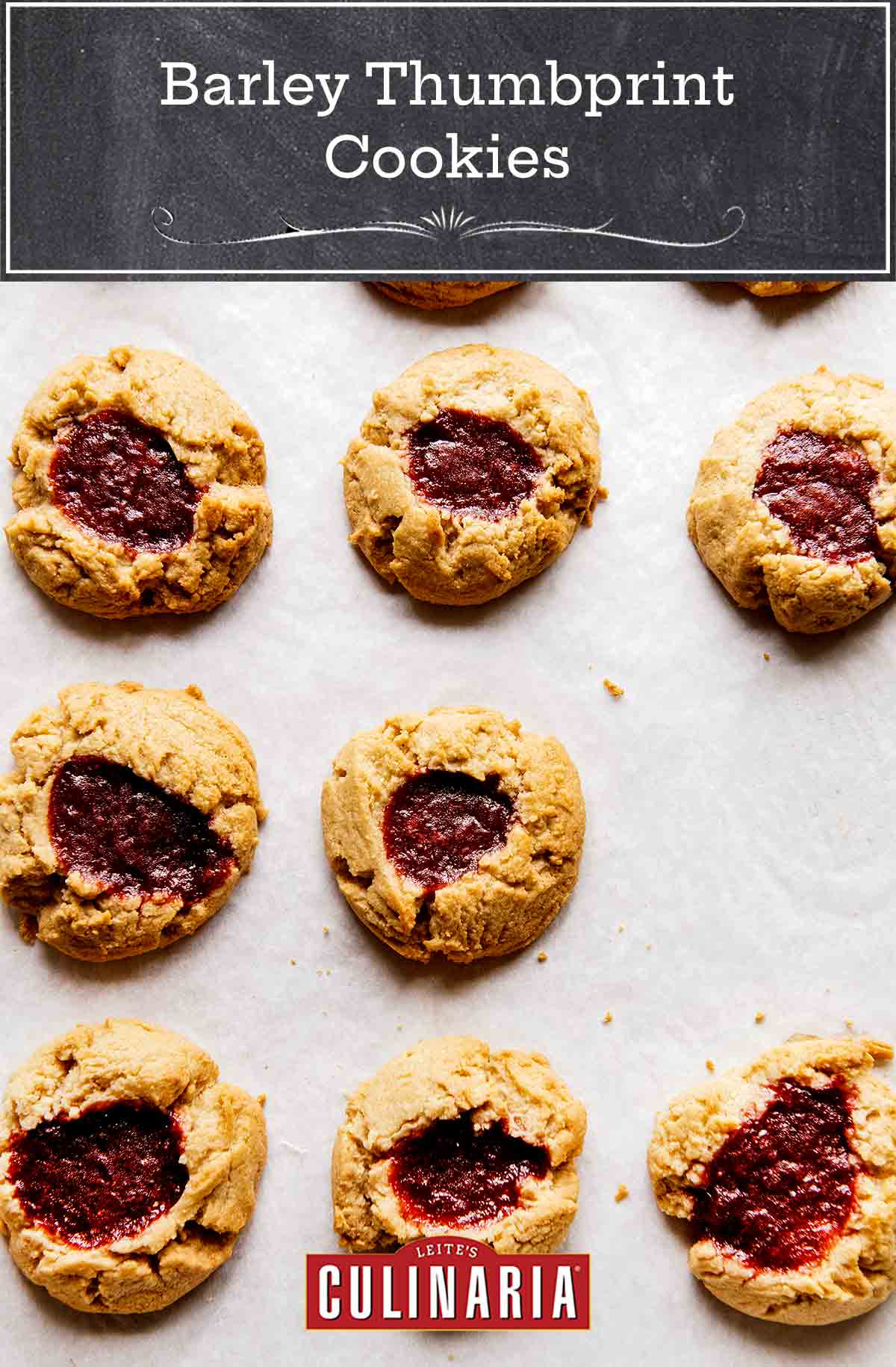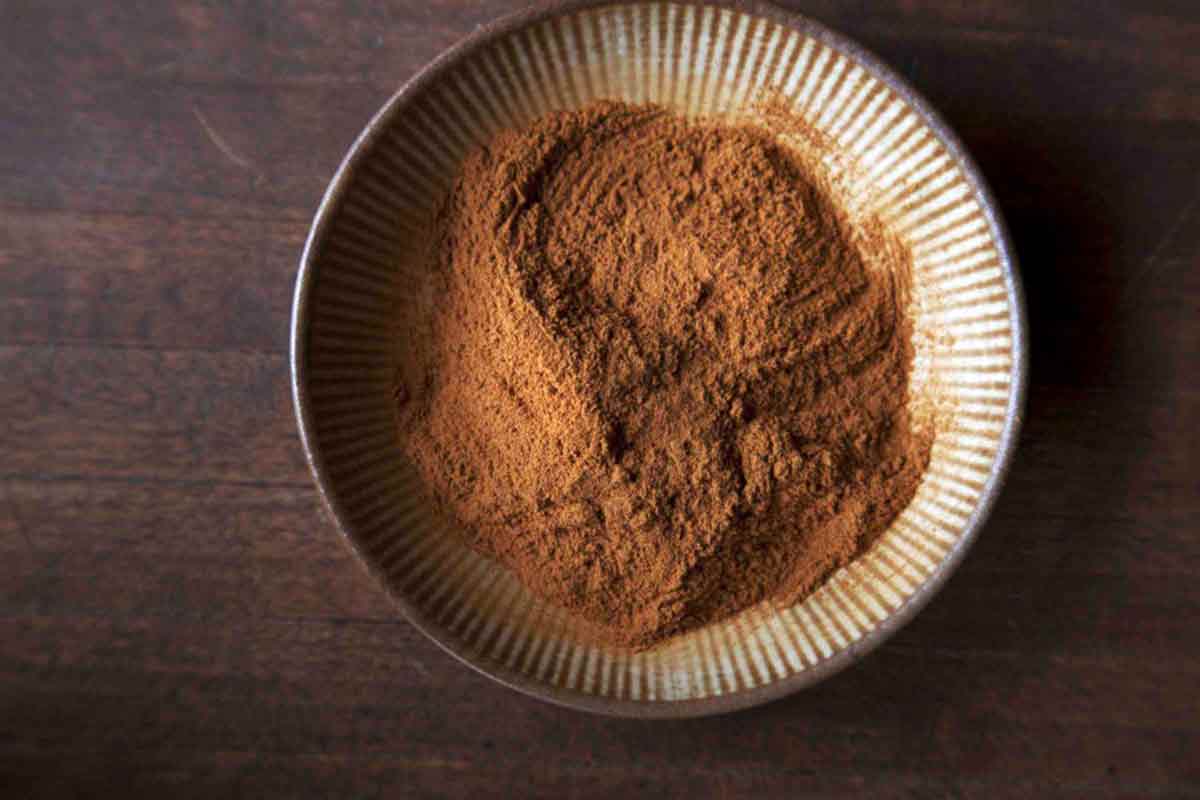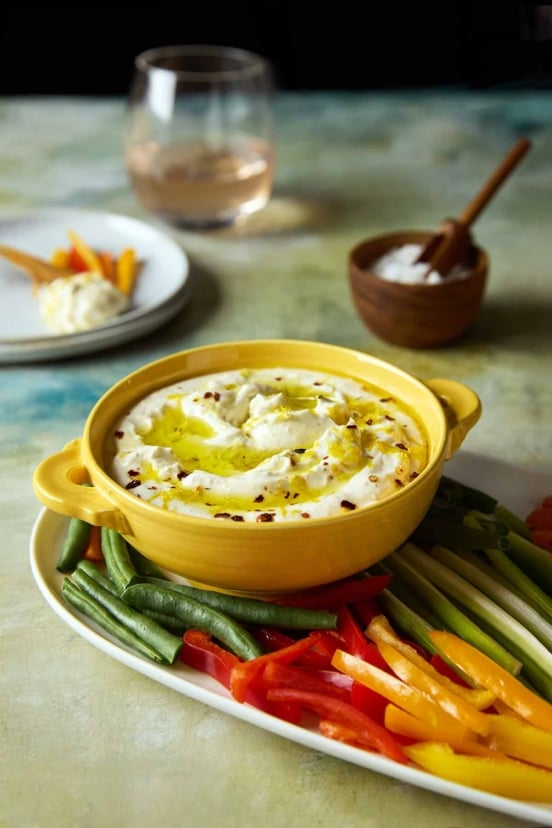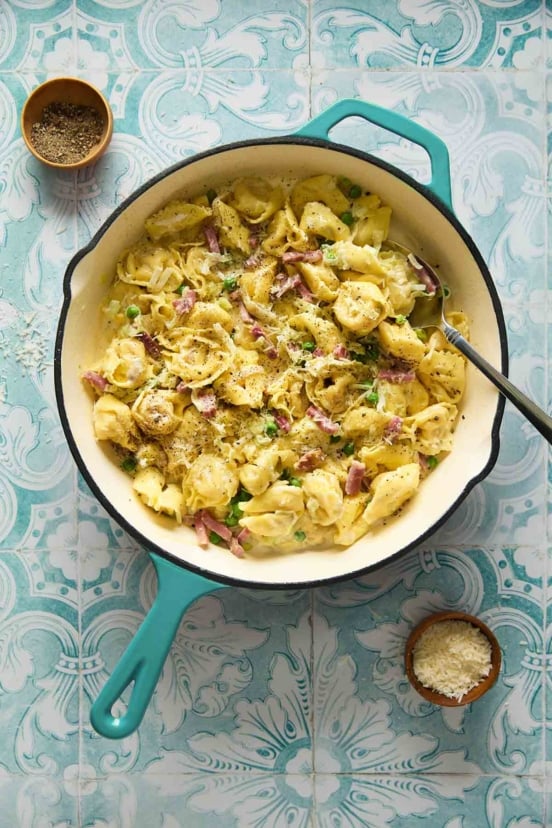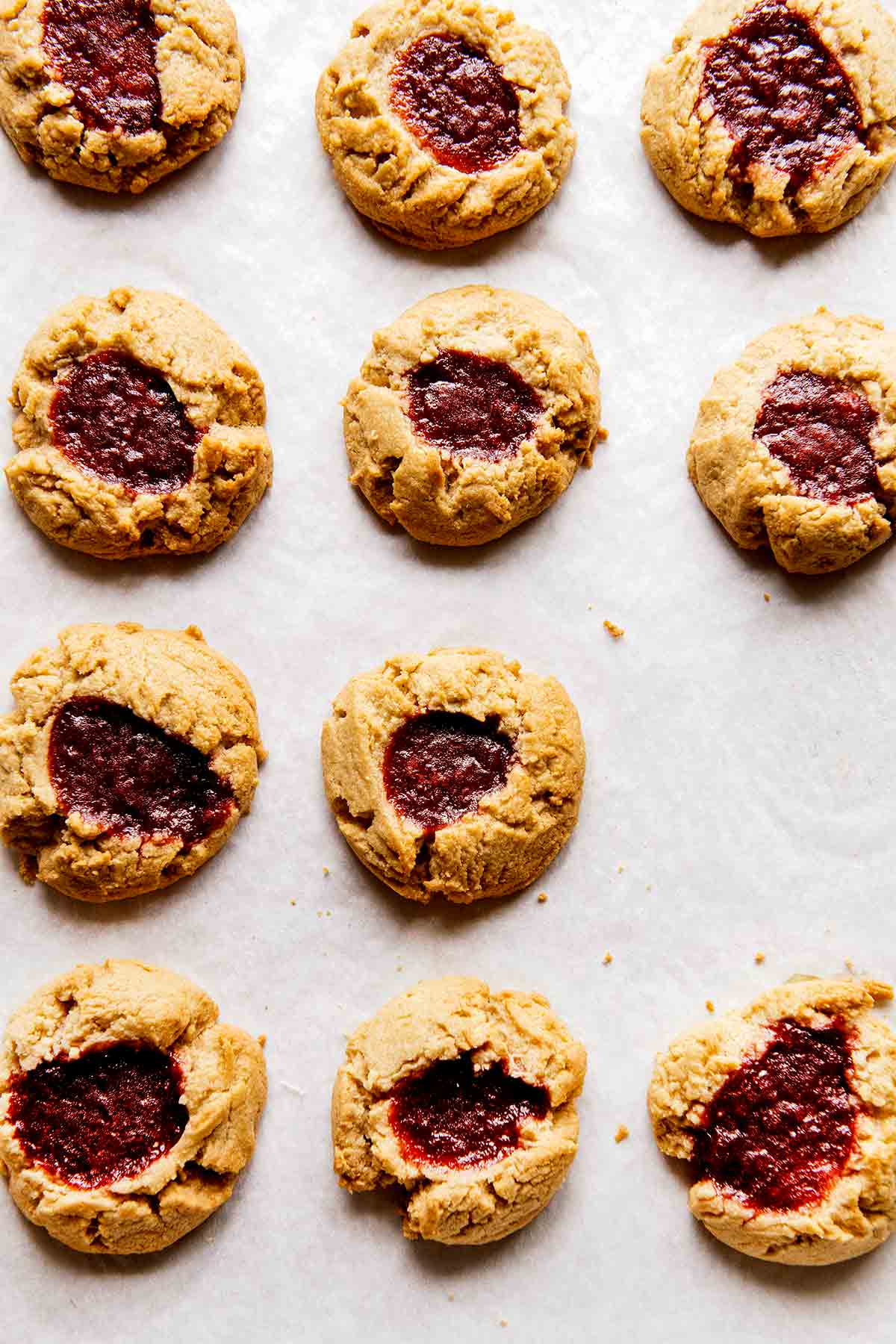
I’d never really gotten into thumbprint cookies until my former coworker, Lauren Bushnell, left me a package of her barley thumbprint cookies. I can’t remember what I did to receive the gift, but I remember thinking, That’s nice of her. Maybe my husband Erik will like them. I absentmindedly tossed them into my bag and headed home.
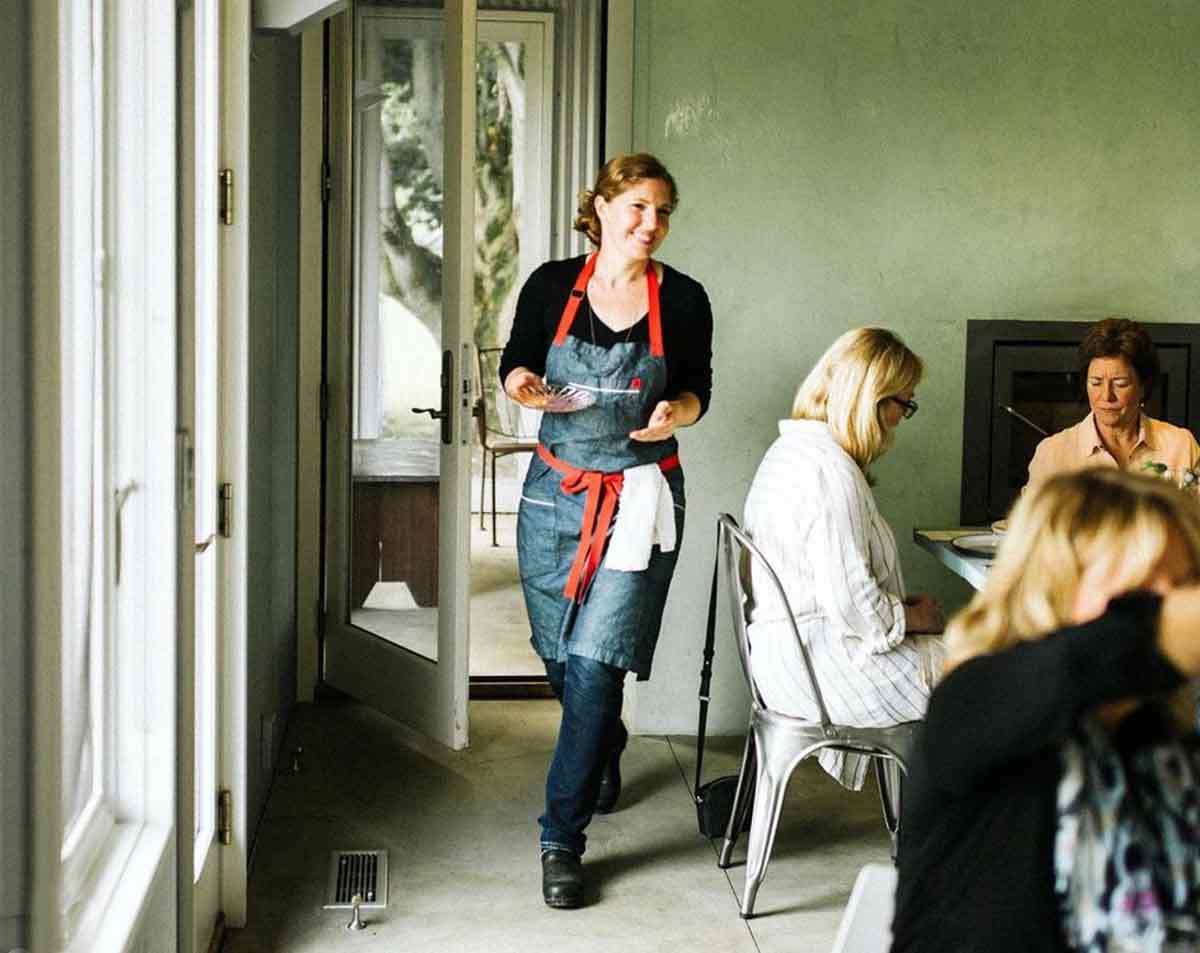
Then the bus was late, it was raining, and I was grouchy. When the bus finally arrived and I got a seat, I popped a cookie into my mouth. I was stopped in my tracks (thankfully the bus kept going). It was a little chewy, not too sweet, and much more flavorful than any regular jammy cookie I’d had before.
“It’s the barley flour,” Lauren said casually, as I fawned over her the next time I passed her in the kitchen.–Abra Berens
Barley Thumbprint Cookies FAQs
Barley is a supercharged food, packed with nutrients such as manganese and selenium. But it’s also one of the more volatile grains and is susceptible to mold. Store it in a tightly sealed container in the freezer for up to 4 months.
Well, er, we think they’re great just the way they are. But if you want to zhuzh up the dough, you can add lemon or lime zest, cinnamon, ground ginger, ground cardamom, ground anise. You get the idea. But we suggest letting the flavor of your jam determine your additions.
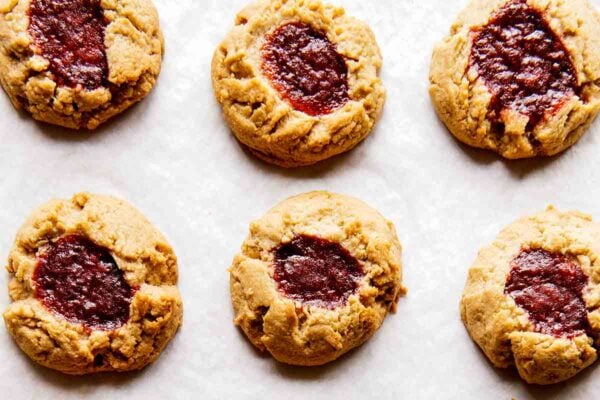
Barley Thumbprint Cookies
Ingredients
- 2 sticks (8 ounces) unsalted butter, at room temperature
- 1/3 cup granulated sugar
- 1/3 cup brown sugar
- 2 cups barley flour
- 1/2 teaspoon kosher salt
- Your favorite store-bought or homemade jam
Instructions
- In a fitted with the paddle attachment, beat the butter and sugars together at medium speed until light and fluffy, about 6 minutes. Take it further than you normally would, because this is the only way to add lightness to the finished cookie. Scrape down the sides of the bowl.
- In a medium bowl, combine the flour and salt. With the mixer running, gently work in the flour mixture until there are no more buttery streaks—it is harder to overwork these cookies because of the lower gluten in the flour, but it is still possible, so be tender.
- Wrap the dough in plastic and chill for 30 minutes to firm up and protect the structure of the dough.
- Preheat the oven to 325°F (165°C).
- Scoop and roll the dough into 1-inch (2.5 cm) balls and place 2 inches (5 cm) apart on an ungreased or parchment-lined rimmed baking sheet.
- Push your thumb into the center of each ball and spoon about 3/4 teaspoon of jam in the cookie’s belly button. Bake until golden brown and slightly crispy on the edges, 15 to 18 minutes.
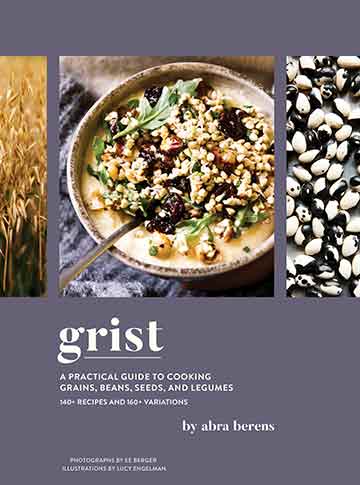
Nutrition
Nutrition information is automatically calculated, so should only be used as an approximation.
Recipe Testers’ Reviews
I was pretty excited to make these barley thumbprint cookies. I love a good jammy thumbprint cookie, and I also love playing around with flours that I don’t use very regularly.
The barley flour gives these cookies a nice nuttiness. Even with 2 sugars in the recipe, the cookie is not very sweet at all. I ended up rolling half of the balls of dough in turbinado sugar, just to do a little compare and contrast. At first, I preferred the cookies that I’d rolled in the sugar, but 24 hours later, I decided that the non-sugar-rolled cookies were just fine (although I do like the crunchiness of the sugary outside), and I could add to the sweetness of the cookie by changing up what goes into the thumbprint; caramel sauce or citrus curd, in addition to jam.
The cookies are easy to make, endlessly versatile because of the filling choices. A not-too-sweet treat when that’s what you crave.
I live near a local organic miller and love trying recipes that call for 100% alternative flours. These rich little barley thumbprint cookies are delightful — the dough is not overly sweet, and pairs well with the tang of the jam. I used Diamond Crystal kosher salt in the dough, which I felt lent a little extra zip of flavor. The recipe comes together so quickly that it’s easy to forget that it contains no leavening. I followed the instructions to cream the butter and sugar longer than usual (I beat for 7 minutes on medium, scraping down three times). This helped the dough come together well and prevented the cookies from feeling heavy.
With only five ingredients (plus a small amount of jam) the recipe relies on good, fresh barley flour and butter for much of its flavor. You’ll get the best results with the freshest and highest quality flour/butter, so it’s worth seeking them out if possible.
As is, the recipe is a terrific base for experimentation. For example, I could see adding a bit of vanilla paste or almond flavor to a batch, or rolling the dough balls in finely ground almonds or hazelnuts before filling and baking. Since barley and rye are two of my go-to flours, I will experiment with all rye or a 50/50 barley/rye ratio in a future batch.
